Due to a lack of tax-deferred space, my current tax bracket, and the current interest rate spread over US Treasury bonds, I started investing part of my portfolio in Vanguard’s tax-exempt municipal bond funds. As a result, I try to read every single muni bond article that Vanguard puts out. In this month’s blog post Municipal debt, Detroit, and diversification, one of the topics covered was the importance of minimizing fund fees.
Research shows that lower-cost mutual funds have tended to perform better than higher-cost funds over time. So instead of worrying about things we can’t control (e.g., how a judge in a municipal bankruptcy is going to decide a case), we should focus on controlling the one variable that we can, which is cost.
The article included the chart below, which plots the net fund expense ratios of municipal bond funds against their 5-year annualized returns.
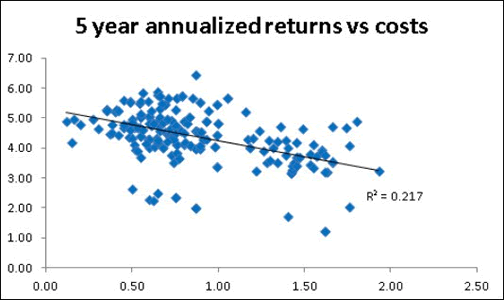
Source: Vanguard Blog, Morningstar
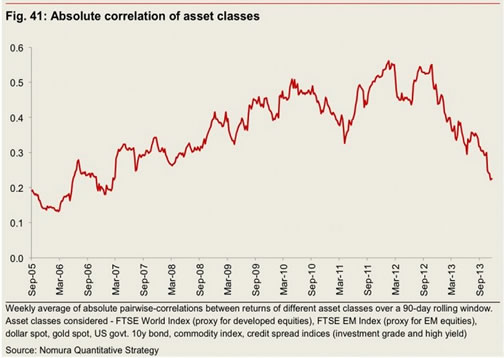
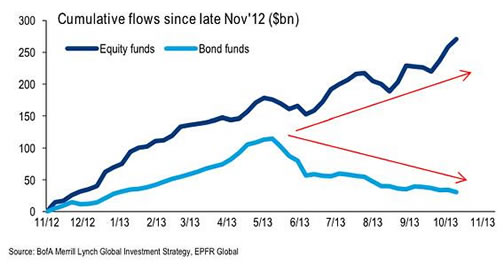
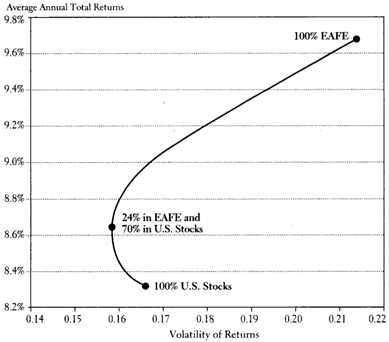
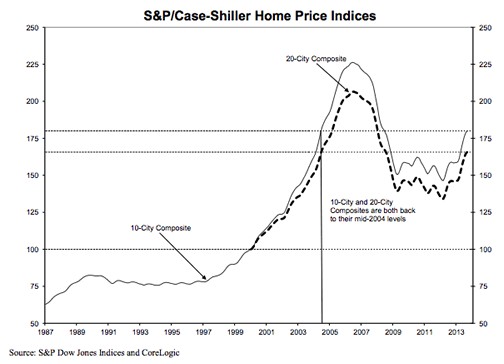
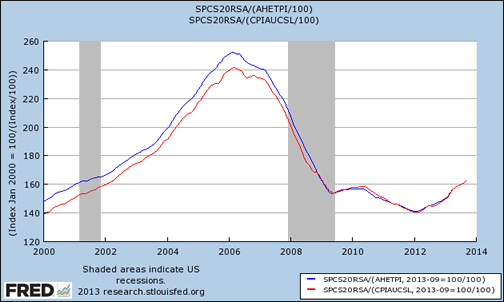
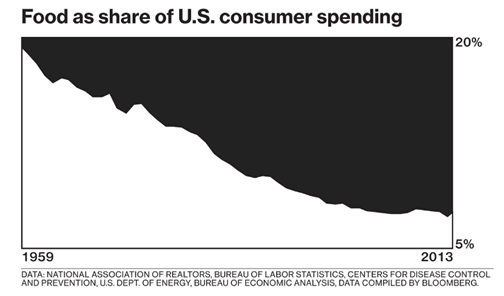
 The standard fee to cash in coins at a Coinstar kiosk is 9.8%, which is too high in my opinion and I’d never pay that much. However, if you redeem for one of their gift certificates there is no fee, and there are often promotions that make it even better. Right now, at select grocery stores you can get $50 in Toys R Us gift cards for $40 in coins. Valid only at Safeway, Vons, Pavilions, Dominick’s, Randalls, and Tom Thumb stores. Offer ends 12/15/13.
The standard fee to cash in coins at a Coinstar kiosk is 9.8%, which is too high in my opinion and I’d never pay that much. However, if you redeem for one of their gift certificates there is no fee, and there are often promotions that make it even better. Right now, at select grocery stores you can get $50 in Toys R Us gift cards for $40 in coins. Valid only at Safeway, Vons, Pavilions, Dominick’s, Randalls, and Tom Thumb stores. Offer ends 12/15/13.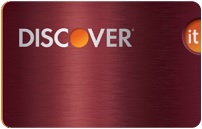 UPDATE – The Discover it Double Cash Back your first year $150 Cash Back Bonus is now EXPIRED
UPDATE – The Discover it Double Cash Back your first year $150 Cash Back Bonus is now EXPIRED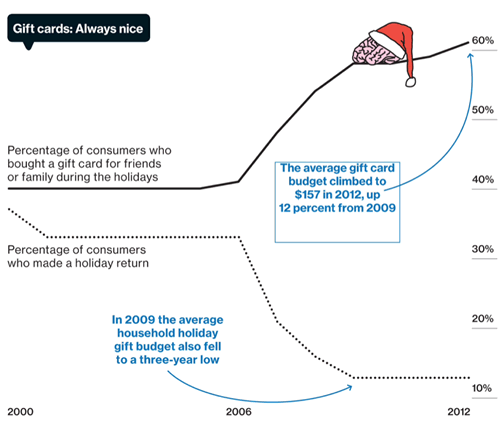
 The Best Credit Card Bonus Offers – March 2024
The Best Credit Card Bonus Offers – March 2024 Big List of Free Stocks from Brokerage Apps
Big List of Free Stocks from Brokerage Apps Best Interest Rates on Cash - March 2024
Best Interest Rates on Cash - March 2024 Free Credit Scores x 3 + Free Credit Monitoring
Free Credit Scores x 3 + Free Credit Monitoring Best No Fee 0% APR Balance Transfer Offers
Best No Fee 0% APR Balance Transfer Offers Little-Known Cellular Data Plans That Can Save Big Money
Little-Known Cellular Data Plans That Can Save Big Money How To Haggle Your Cable or Direct TV Bill
How To Haggle Your Cable or Direct TV Bill Big List of Free Consumer Data Reports (Credit, Rent, Work)
Big List of Free Consumer Data Reports (Credit, Rent, Work)